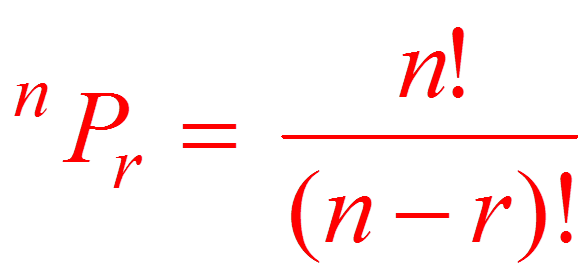DEFINITION:
Permutations represent the arrangements of a set of elements in a particular order, where the order matters. It calculates the number of possible arrangements without repetition.
EXPLANATION:
When you arrange items in a particular order, we call this a permutation.
An example is when you have A, E, T and want to take three letters at a time in a certain order.
The possible sequences you can get are: ATE, EAT, TAE, TEA, TAE, ETA (6 permutations)
If you choose to take two letters at a time, you will have AE, AT, ET, TA, TE, TA, AT, EA
(6 permutations)
In permutations, order is important. So, for our example above, AET, EAT, TEA, ATE, TAE, ETA are all different permutations of the letters A, E, and T.
This is different from a combination where order doesn’t matter.
Types of Permutations
- Repeating allowed: e.g., EET where E is repeated
- Non-repetitive: An item appears only once in a sequence e.g., EAT
EXAMPLES:
Let’s now have a look at 7 examples of permutations in real life:
1. Forming Word Anagrams

Anagrams are different word arrangements that you can form from using the same set of letters.
These can be used for generating passwords or engaging in fun play and intellectual challenges.
For example, in a scrabble game, you may want to try out all the possible words a given set of letters can give you.
The letters, E, W, O, B, L gives the following number of word combinations;
5! =1 x 2 x 3 x 4 x 5=120 words
Out of these, only 3 have meaning in English: ELBOW, BELOW, and BOWEL.
2. Protein Formation in The Body
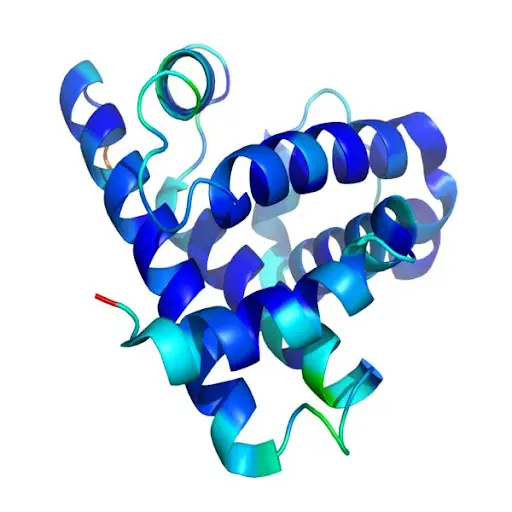
Proteins are formed from string-like structures that contain an arrangement of amino acids.
The sequence of amino acids is important because this will determine whether the protein will function or not.
Defective or missing proteins can cause serious diseases in people such as sickle cell anemia.
For example, insulin is a protein found in humans. Its role is to control the amount of sugar around the body so that it is neither too high nor too low.
Insulin is made up of 51 different amino acids arranged in a specific sequence or permutation.
Any rearrangement that deviates from this normal sequence makes this protein dysfunctional and causes diseases such as diabetes.
The body has a mechanism to ensure that this sequence is followed and the correct protein is formed
3. Working Out The Ways To Win A Lottery
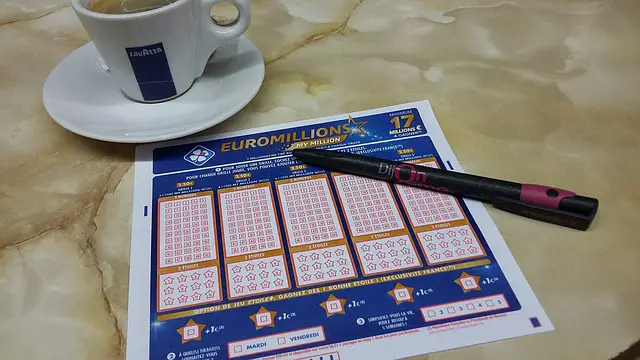
If you play a lottery game, you may want to know what your odds are for winning the prize.
For example, if the lottery rules say you can win if you pick four digits that match (e.g., 1111, 9999, or 5555), you can work out your odds for winning by using a permutation calculation.
Each slot (digit position) can be occupied in 10 different ways (since we have 0 to 9 digits).
So, we can calculate the total numbers of possible 4-digit numbers as 10 x 10 x 10 x 10 = 10,000 different numbers.
From there, we count the total of winning numbers (0000, 1111,2222, 3333……9999) which are 10.
So, there are 10 numbers that can win and the total numbers you can draw are 10.000.
Therefore, you have a probability of picking the right sequence of 10/10,000 =0.001.
In percentage terms, you have a 0.1% (0.001 x 100) chance of winning.
4. Number Of Seating Arrangements

How many ways can a given number of people sit at a roundtable?
For example, if there are 7 people at the round table, you can use a permutation calculation to solve the problem.
This problem would be no different from finding out the number of ways 7 people can form a queue (straight line).
You can use the factorial calculation of:
7! =5040. This means the 7 people can be seated in 5040 different ways around the table.
5. Cracking Codes
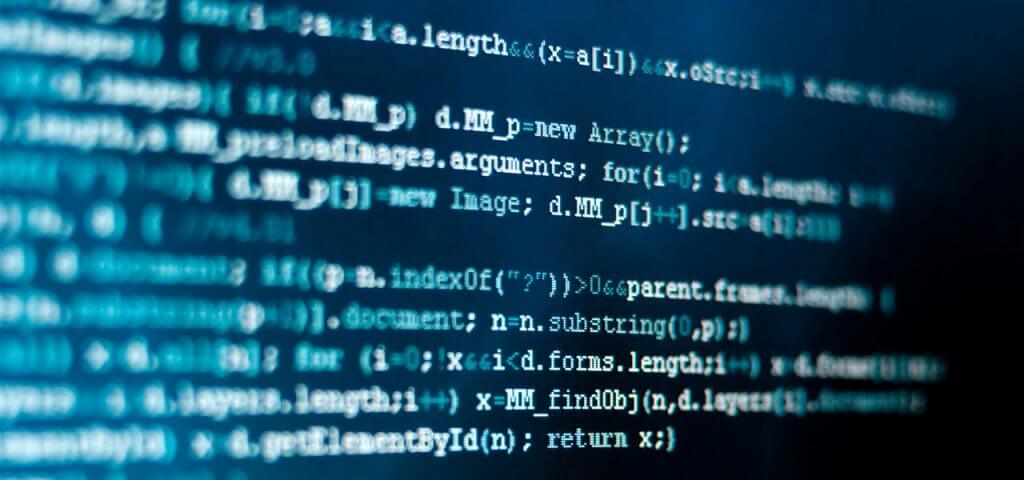
Understanding permutations can help one in the science of breaking or creating codes (also called cryptography).
For example, breaking a code involves guessing what the characters (letters, digits, etc.) of a string are and in what sequence.
Permutations give you all the possible ways in which the string can be formed.
By checking each of these, one can break a coded string.
However, this process, called brute force, can take a long time even with a computer especially if the code is very long.
To make codes (such as passwords) difficult to break or guess, it is usually recommended that people choose lengthy passwords with the widest variety of characters.
6. Finding out the number of available phone numbers
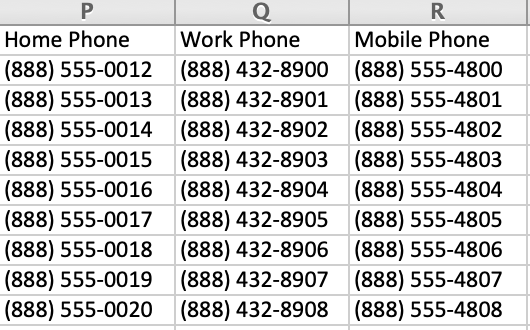
No two phone numbers are supposed to be alike.
Using permutations, a phone company can determine the number of unique telephone numbers it can issue based on the number format it wants to use.
If the phone numbers should all consist of 10 digits and can use 0 to 9, an example of one such number could be: 5653278065
We can work out the total numbers that can be available in this way: each slot or digit position can be occupied by any of the 10 digits (0 to 9).
Since repetition is allowed, this works out to:
10 x 10 x 10 x10 x10 x10 x10 x 10 x 10 x 10 =10¹⁰ numbers
These are a lot of numbers which easily outnumber the population of the world (5 or 6 billion people).
However, because the phone numbers also include digits for area codes,
they generate fewer numbers than this.
7. Order In Which Contestants Finish A Race

We can use permutations to find the different number of ways competitors will finish a race.
For example, if 10 people are running a marathon race, we can use factorials to calculate the number.
This is found in the following way:
10! = 1 x 2 x 3 x 4 x 5 x 6 x 7 x 8 x 9 x 10 = 3,628,800 ways
Conclusion
Permutations are a very powerful technique for counting the number of ways things can be done or arranged in a sequence.
It is differentiated from combinations because it treats the order of the items as important.
Through permutations, we can solve various problems such as probabilities and counting that involve very large numbers.

